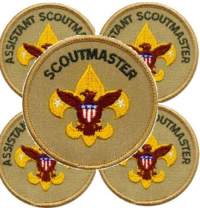 I once had four bosses in the same job, all at the same time.
I once had four bosses in the same job, all at the same time.
At one point in my career, I was a department head at a branch location of a company that had a half-dozen locations around the country. Our branch had two divisions, which my department supported, and each division had a manager. The location had a general manager who ran the overall branch operation, and the corporate headquarters had a chief of the department that I headed. I effectively answered to all of them.
Talk about confusion!
There were times when I felt like I was being pulled in four directions. Manager A wanted something done, but it went against what the corporate head’s policies permitted. Meanwhile, Manager B and the general manager were asking me to do different things as well. There was no clear managerial chain of command, and the way things ran in this organization made it difficult to rectify the situation. I left after a couple years, primarily for greener pastures, but also because the conflicting structure made it difficult for me to satisfy everyone.
If this befuddled me, think of how it would affect a Scout-age boy. Continue reading “There is only one Scoutmaster”





